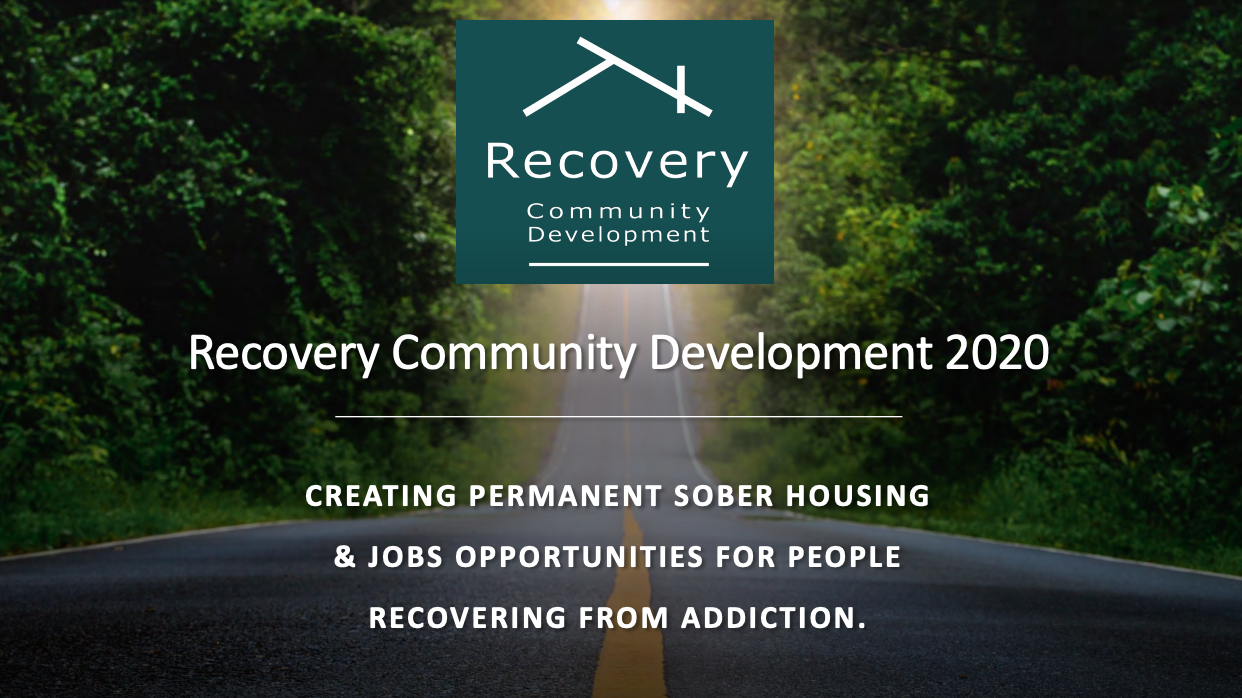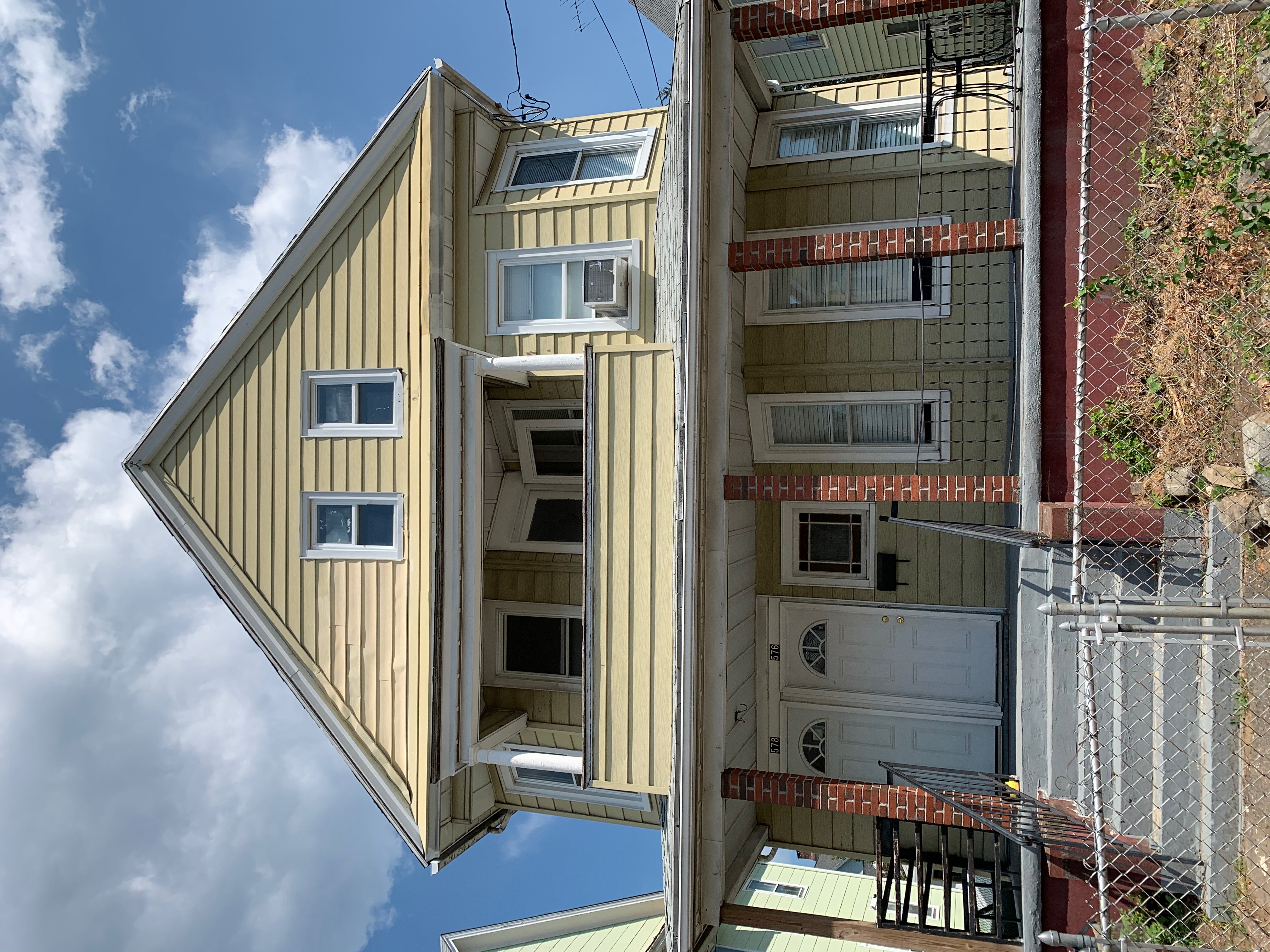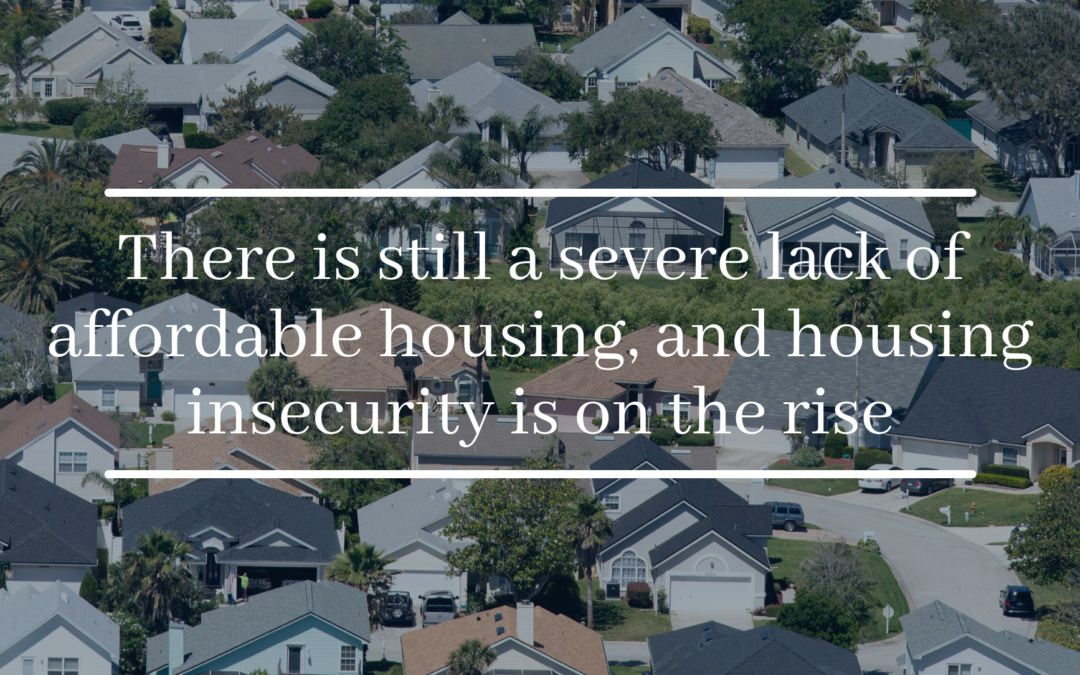It should come as no surprise that one’s environment has a direct impact on the likelihood of sustained recovery. With an estimated 280,000 people in Connecticut alone suffering from Substance Abuse Disorder, it is not an insubstantial number of people and families desperately in need of support. With all of the struggles that have laid their marks upon the previous year and a half, our ability to connect and share in recovery has been heavily affected, and opportunities to improve outcomes are still hit or miss.
Even as the world begins to shift towards normalcy once more, the hurdles that marked the road of recovery in years past have not changed – or improved in a substantial way. There is still a rampant sense of addiction as a moral failing; regardless of the facts, the stigma remains. There is still a severe lack of affordable housing, and housing insecurity is on the rise. The situation does not bode well for those seeking recovery as it contributes to isolation, anxiety, and despair – which are all common triggers for relapse.
Funding Opportunity
It isn’t all doom and gloom, though. Under a landmark $26 billion deal, drug distributors and Johnson & Johnson settled in July to end opioid lawsuits filed against them for their contribution to the current opioid epidemic. Under the agreement, the funds will be used for addiction and prevention services in communities throughout the country. Connecticut is set to receive $300 million of those funds to support programs that work towards stymying the devastation caused by addiction and to support those in recovery.
An influx of money earmarked for programs designed to aid those seeking recovery is certainly not nothing. Often programs geared towards addiction support services are woefully underfunded. Yet the distribution schedule – spreading the funds over the next 18 years – means that the seemingly large sum is a lot less impressive when examined from a longitudinal perspective. But even a less than staggering influx of funds is more money going to the cause than there was before.
Regardless of the means of supporting programs and services geared towards addiction and recovery, one of the biggest determinants for sustained recovery comes from connection.
When deciding on the ways to support those in recovery, give some thought to how you can contribute to the creation of safe and supportive community connections.
Sober Living Houses
Sober Living Houses, which we dived into in a previous blog, are a means to begin to change the narrative for addiction sufferers. In one longitudinal study, the achievement of sustained abstinence from substances was markedly improved amongst those in sober living homes. Yet there remains a lot of community pushback to their implementation. The belief that these homes are ineffective, that social factors like housing play a minimal role in recovery, or living in areas where public policy hinders such programs, all play significant roles in the proliferation of resistance. Different community groups will require varying strategies to address their misconceptions, concerns, and bias if we wish to expand the scope and reach of sober living houses as a sustainable and viable option for recovery seekers.

By providing affordable sober housing, RCD is contributing to the creation of safe and supportive environments within their community.
Training and Opportunity
Getting back on one’s feet while in recovery starts with having a safe and supportive environment, but it is often hard to adjust and find work if one’s skills do not match the current market. Programs that create opportunity through training alongside that safe environment can mean the difference by giving purpose to those on the path to recovery as well as job skills that can offer stability, and stave off some of the potential for relapse.
RCD is a big proponent of this principle. It isn’t just about providing a place to live. Recovery Community Development also engages the men living in their sober houses in opportunities to participate in real world job training. Participants in the program gain valuable experience and build skills in the areas of basic carpentry, framing, drywall installation, drywall prep, and painting.

Building safe and supportive sober communities while renovating properties to expand the number of people that can be aided on their journey towards recovery means creating opportunities for change and sustained recovery. It is also a means of building connections and communities of supportive individuals working towards common goals.
RCD’s current renovation project is the Brooks Street House. It was purchased in January 2020, and once completed, will provide more beds for supporting men in recovery.
With Brooks Street House adding to the number of adults it can support, RCD will have the capacity to house a total of 32 men, in three separate homes, in a safe and sober living environment.
Interested in helping RCD with their mission to create opportunities for sustainable recovery? Donate Today!
